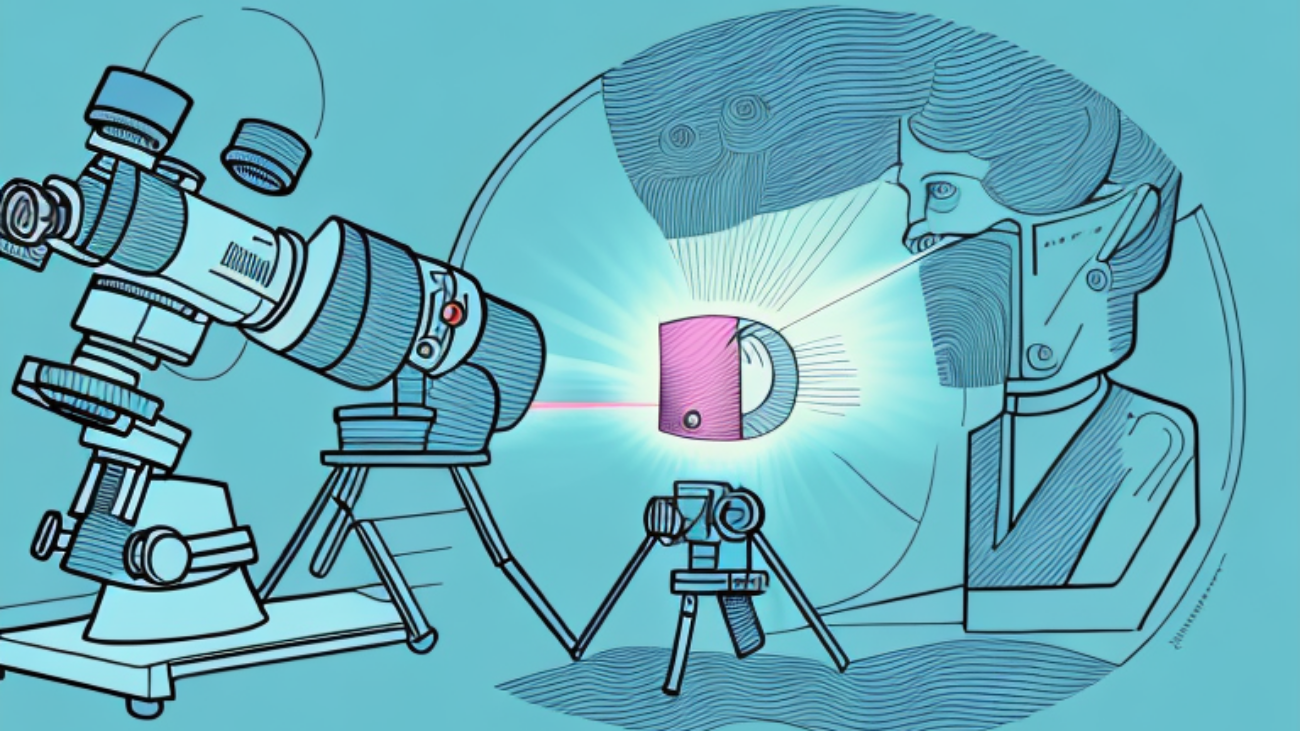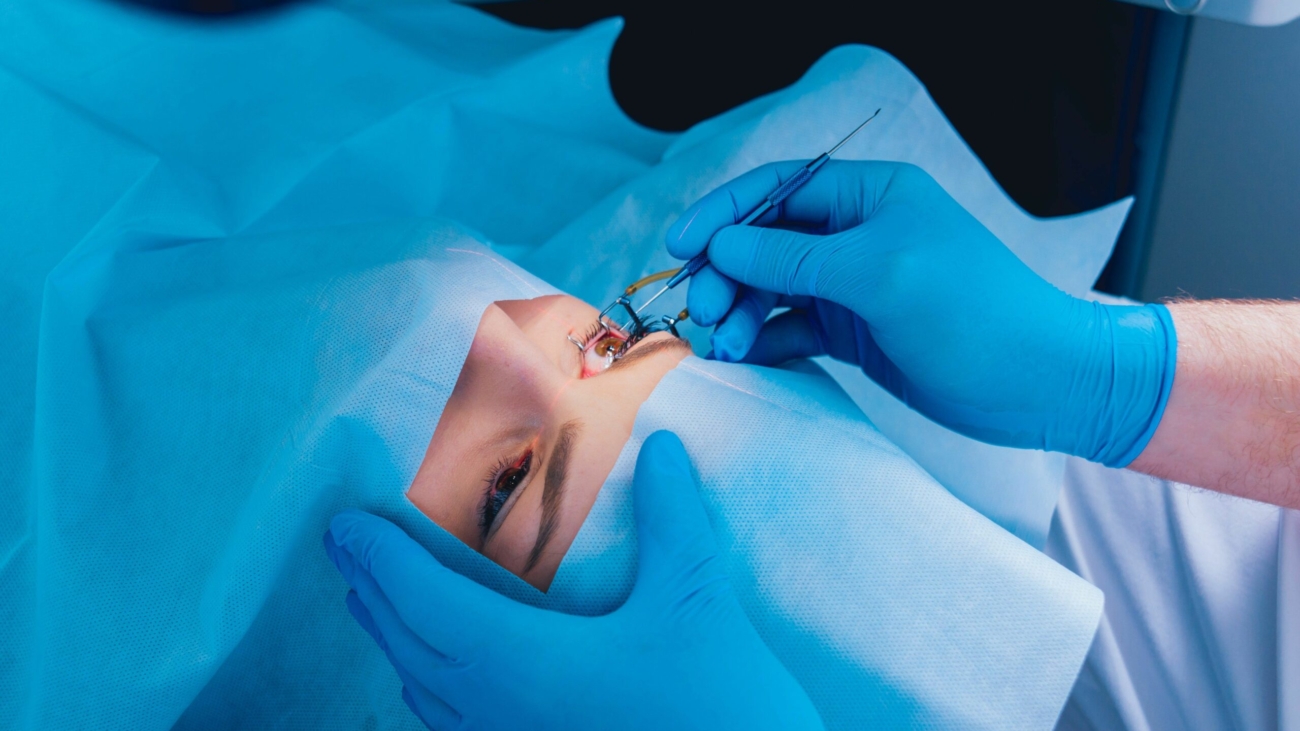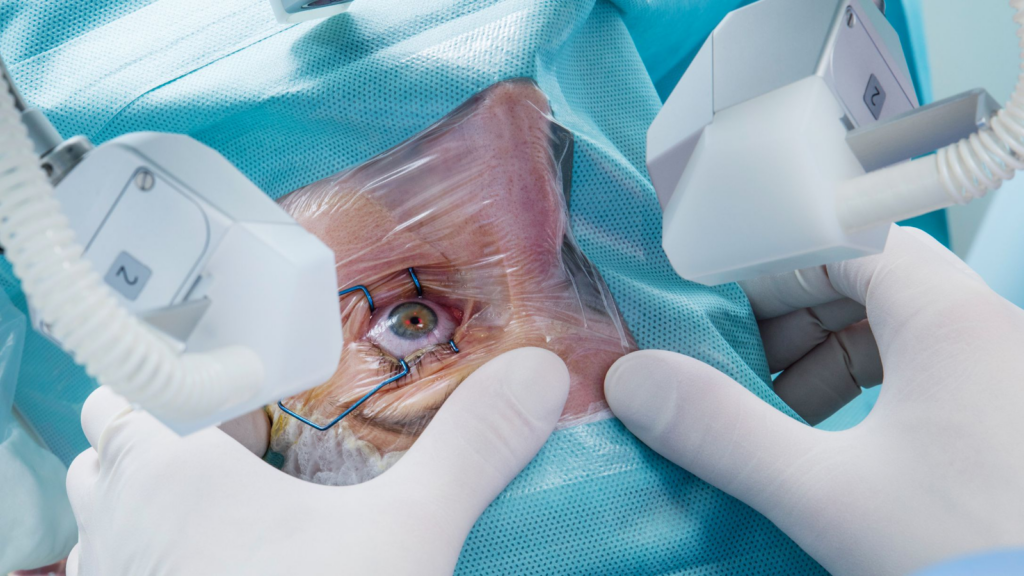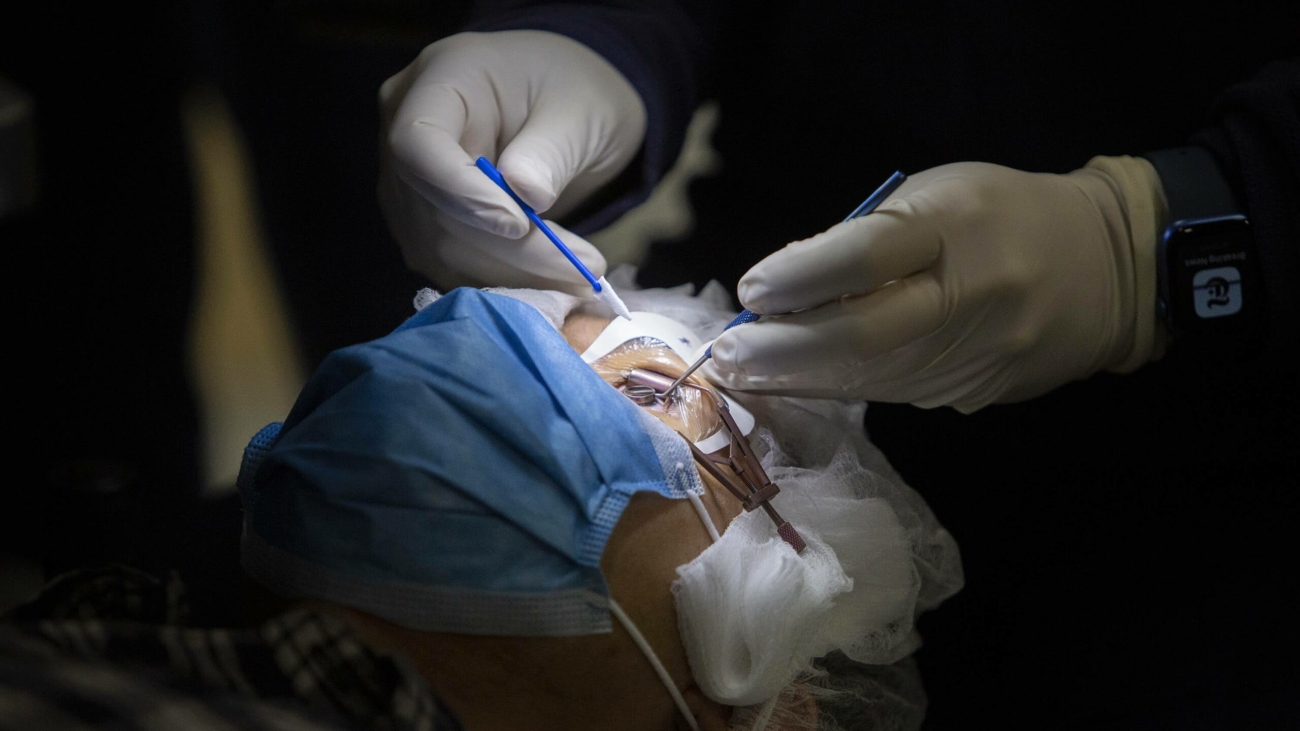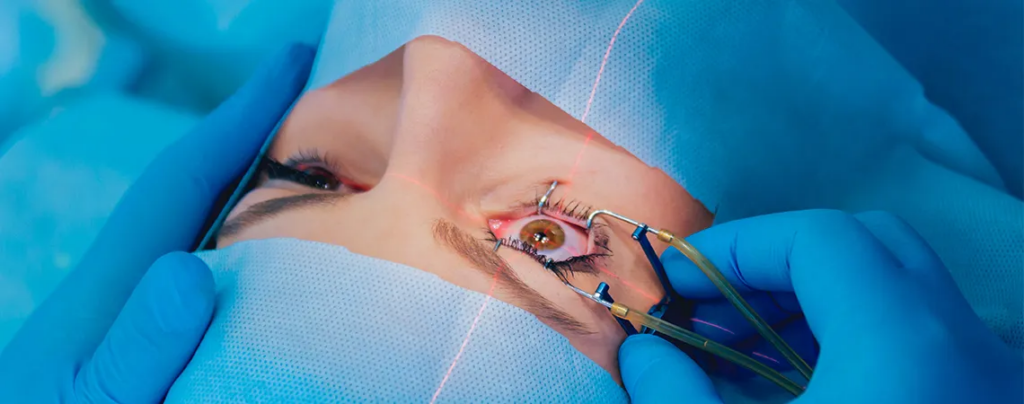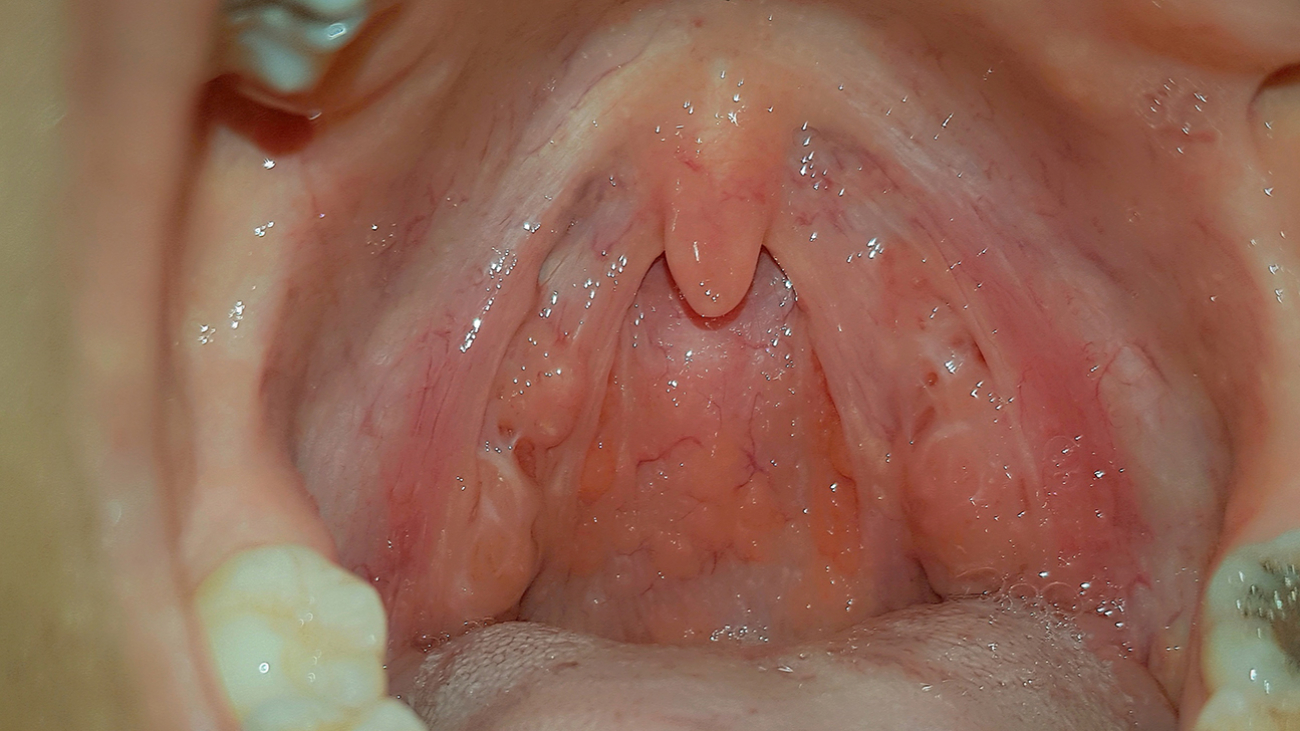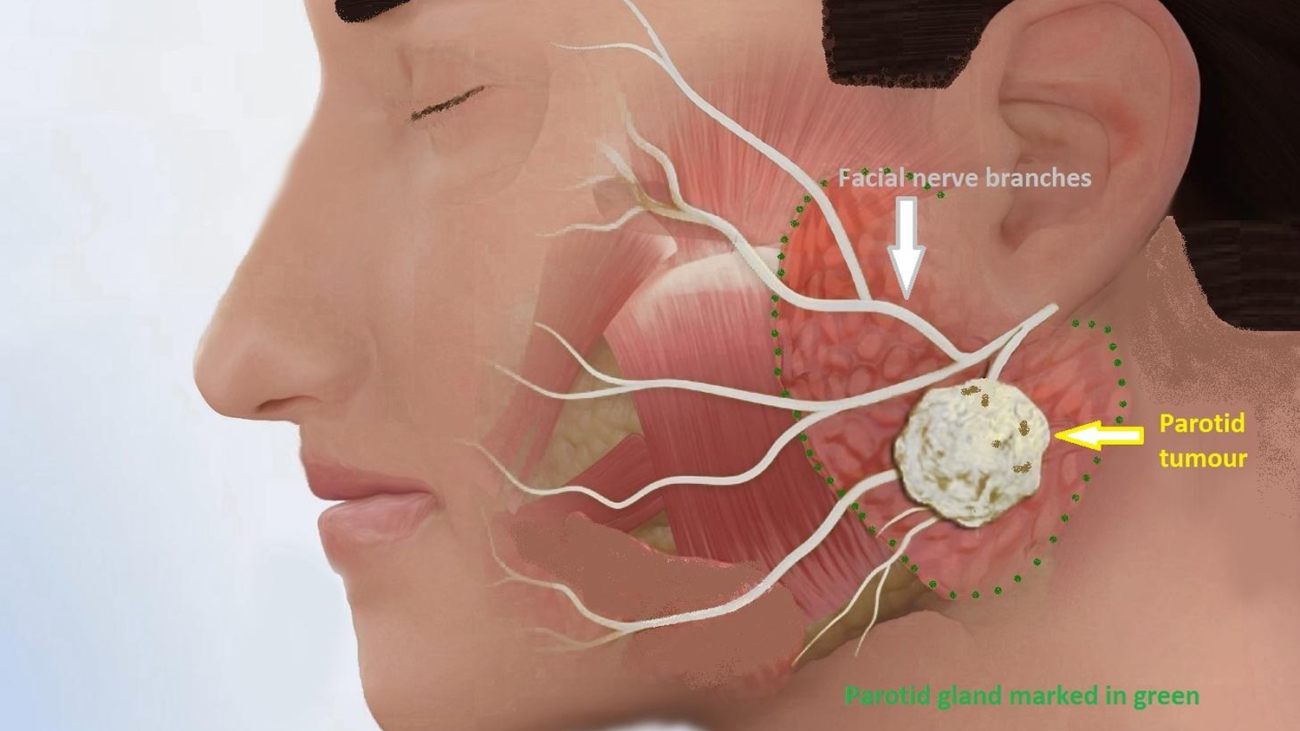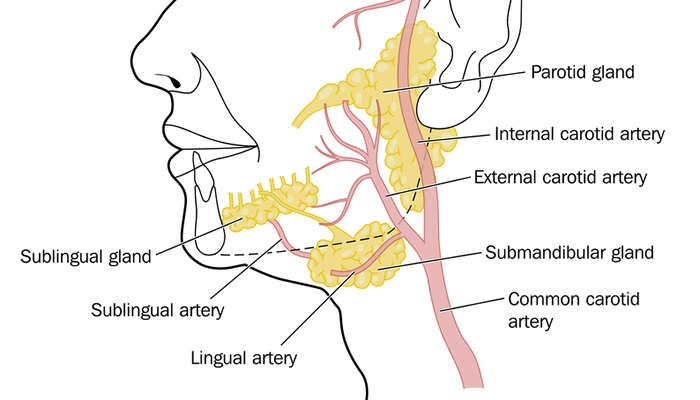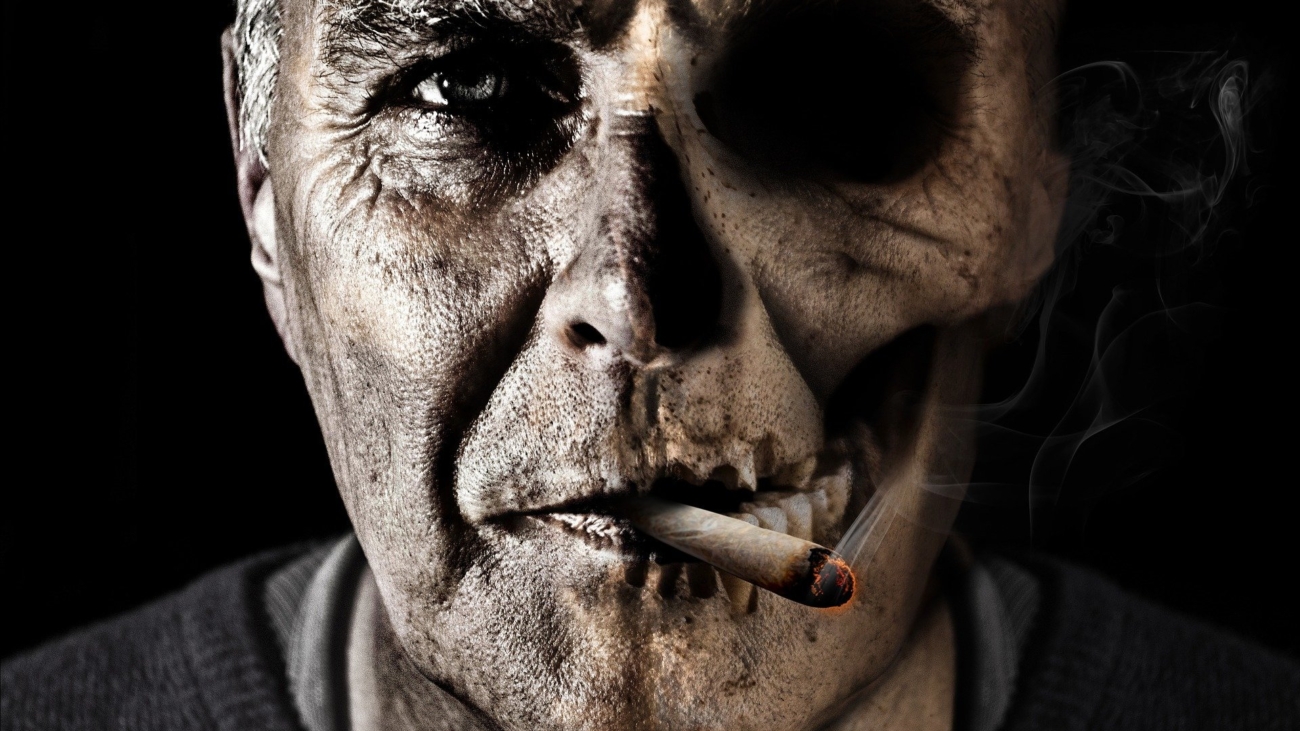Have you ever considered laser eye surgery? Perhaps you’re tired of being dependent on glasses or contact lenses for your daily activities. You’re not alone. Every year, millions of people choose to undergo laser eye surgery to correct their vision. But before you make the decision to go under the laser, it’s important to understand everything there is to know about the procedure and its effects on your life. In this article, we’ll explore the different types of laser eye surgery, the risks and benefits, and real patient stories of how laser eye surgery has transformed their lives.
Understanding Laser Eye Surgery
If you’ve ever wondered how laser eye surgery works, you’re not alone. In fact, many people are intimidated by the idea of having a laser pointed at their eye. But rest assured, laser eye surgery is a safe and effective procedure that can greatly improve your vision. There are two main types of best laser eye surgery procedures: LASIK and PRK. Both procedures involve reshaping the cornea, but the methods differ in how they access and reshape the cornea.
Types of Laser Eye Surgery Procedures
LASIK, or Laser-Assisted In Situ Keratomileusis, is the most commonly performed laser eye surgery procedure. During LASIK, the surgeon creates a flap on the cornea using a microkeratome or femtosecond laser. The flap is then lifted, and a laser is used to reshape the cornea. Afterward, the flap is repositioned, acting as a natural bandage to promote healing. PRK, or Photorefractive Keratectomy, is another type of laser eye surgery where the cornea is reshaped without creating a flap. This procedure is typically performed on patients with thinner corneas or those who are not candidates for LASIK.
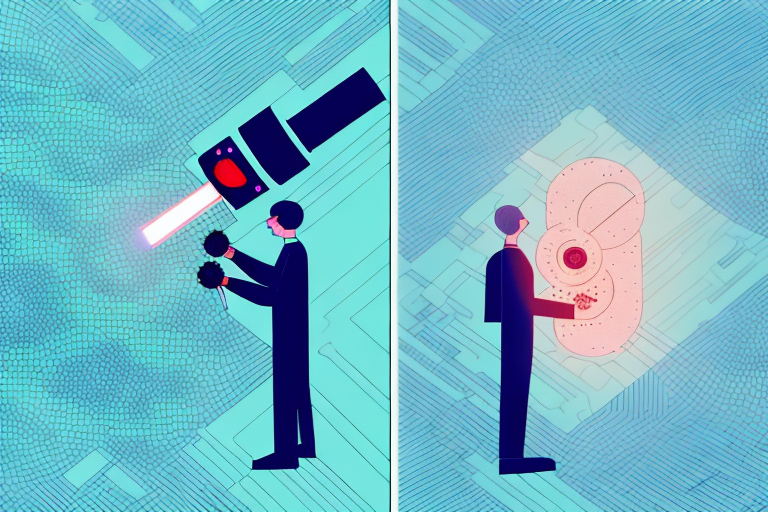
Both LASIK and PRK are outpatient procedures that are performed under local anesthesia. Before the procedure, the surgeon will administer numbing eye drops to ensure that the patient is comfortable. The patient will also be given a mild sedative to help them relax.
After the procedure, the patient will be given a protective shield to wear over their eye to prevent accidental rubbing or bumping. The surgeon will also prescribe eye drops to help prevent infection and reduce inflammation.
How Laser Eye Surgery Works
Both LASIK and PRK involve the use of a computer-controlled excimer laser to reshape the cornea. The laser emits cool ultraviolet light that removes microscopic amounts of tissue from the cornea, reshaping it to improve vision. The procedure typically takes less than 30 minutes, and patients report minimal discomfort during the surgery.
After the procedure, patients may experience some discomfort and sensitivity to light. This is normal and can be managed with over-the-counter pain relievers and by wearing sunglasses.
The Benefits and Risks of Laser Eye Surgery
The benefits of laser eye surgery are numerous. For many patients, it results in dramatically improved vision, the ability to drive, work, and play without glasses or contacts. It can also save money over time as you no longer have to purchase expensive glasses or contact lenses. Additionally, the recovery time is relatively short, and most patients are able to return to work and normal activities within a few days.
However, just like any surgical procedure, laser eye surgery carries some risks. Some of the potential complications include dry eyes, halos and glares, and in rare cases, vision loss. But with a skilled surgeon and proper pre and post-operative care, these risks can be minimized.
It’s important to note that not everyone is a good candidate for laser eye surgery. Patients with certain medical conditions, such as autoimmune disorders or diabetes, may not be eligible for the procedure. Additionally, patients with very high prescriptions may not be able to achieve 20/20 vision with laser eye surgery.
If you’re considering laser eye surgery, it’s important to do your research and choose a reputable surgeon with a track record of success. Your surgeon will be able to evaluate your individual case and determine if laser eye surgery is right for you.
Preparing for Your Laser Eye Surgery
Before you undergo laser eye surgery, you need to prepare yourself both mentally and physically. Start by selecting the right surgeon, someone who is experienced and has a track record of success. Then, schedule a pre-surgery consultation and evaluation where the surgeon will examine your eyes and determine if you’re a good candidate for the procedure.
Selecting the Right Surgeon
Choosing the right surgeon is crucial to ensuring a successful procedure. Look for a surgeon with a good reputation and plenty of experience. Research their credentials and ask for before-and-after photos of previous patients. Additionally, make sure you feel comfortable and confident with your surgeon, and ask any questions that you may have.
It’s also important to consider the surgeon’s bedside manner. You want a surgeon who will take the time to explain the procedure and answer any questions you have. A good surgeon will also make sure you feel comfortable and at ease before, during, and after the procedure.
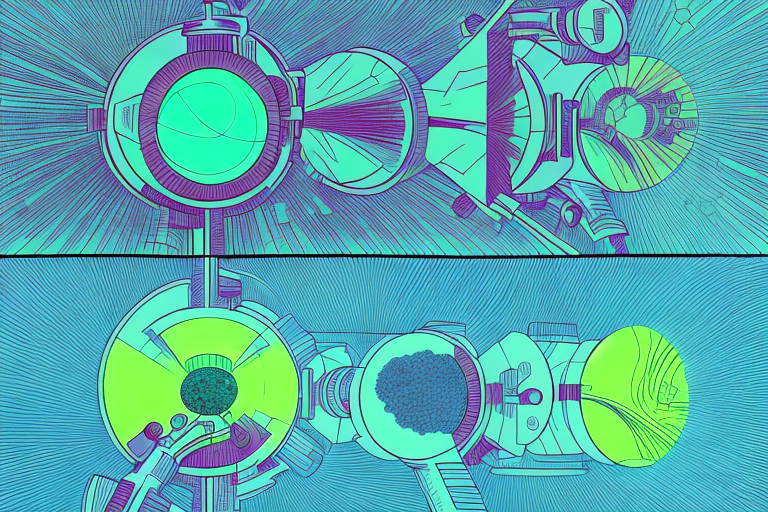
Pre-Surgery Consultation and Evaluation
The pre-surgery consultation and evaluation is when your surgeon will determine if you’re a good candidate for surgery. They’ll carefully evaluate your eyes, take measurements, and review your medical history to ensure that you’re healthy enough for the procedure. You’ll also be given specific instructions on what to do before the surgery, such as not wearing contact lenses for a certain amount of time. Failure to follow these instructions can result in complications.
During the consultation, you should also inform your surgeon of any medications or supplements you’re taking, as well as any medical conditions you have. This will help the surgeon determine if you’re a good candidate for the procedure and if any adjustments need to be made to your medications or treatment plan.
What to Expect on the Day of Surgery
The day of surgery can be nerve-wracking, but rest assured, the procedure is quick and typically painless. Before the surgery, your surgeon will numb your eyes with eye drops, and you’ll be given medication to help you relax. During the surgery, you’ll be asked to stare at a fixed point while the surgeon uses the laser to reshape your cornea.
The laser used in the procedure is a highly advanced technology that allows for precise and accurate reshaping of the cornea. The laser is controlled by a computer, which ensures that the procedure is safe and effective.
Afterward, you’ll be given eye drops to help reduce inflammation and prevent infection. Your surgeon will also give you specific instructions on how to care for your eyes after the surgery, including when to use the eye drops and when to avoid certain activities.
It’s important to follow these instructions carefully to ensure a successful recovery. You should also avoid rubbing your eyes or getting water in them for a few days after the surgery to prevent infection.
Overall, laser eye surgery is a safe and effective way to correct vision problems. By selecting the right surgeon, preparing yourself mentally and physically, and following post-surgery instructions carefully, you can achieve excellent results and enjoy clear vision for years to come.
Real Patient Stories: Life Before Laser Eye Surgery
Before undergoing laser eye surgery, many people struggled with glasses and contact lenses. It’s important to understand the impact that vision correction has on someone’s daily life and activities.
Struggles with Glasses and Contact Lenses
Many patients struggled with glasses that fog up, smudge, or get lost. One patient, Sarah, shared her story of constantly misplacing her glasses and having to search for them every morning before leaving for work. Another patient, John, talked about the frustration of having glasses that constantly slid down his nose, causing him to have to constantly push them back up. Contact lenses, on the other hand, can be expensive and require a lot of maintenance. Patients often reported discomfort from wearing contacts for extended periods and the inconvenience of having to carry multiple pairs of lenses with them. For example, Maria, shared her experience of having to carry both daily and monthly lenses with her, which made traveling and packing a hassle.
Impact on Daily Life and Activities
Without proper vision correction, activities like driving, playing sports, or working became challenging. Many patients reported feeling restricted by their vision loss, leading to a decrease in confidence and quality of life. For instance, Tom, a professional basketball player, shared how his vision problems affected his performance on the court. He struggled with depth perception and often missed shots he would normally make. Similarly, Rachel, a graphic designer, found it difficult to work on the computer for extended periods due to eye strain and headaches caused by her glasses.
The Decision to Undergo Laser Eye Surgery
The decision to undergo laser eye surgery is a big one. Patients often think long and hard about the potential risks and benefits before deciding to go ahead. But for many, the thought of being able to see clearly and live their life to the fullest was too good to pass up. For example, Mark, a father of two, talked about how he wanted to be able to play with his children without the hindrance of glasses or contacts. He also wanted to be able to enjoy outdoor activities like hiking and swimming without worrying about his vision. Similarly, Karen, a college student, shared how she wanted to be able to focus on her studies without the distraction of glasses or contacts.
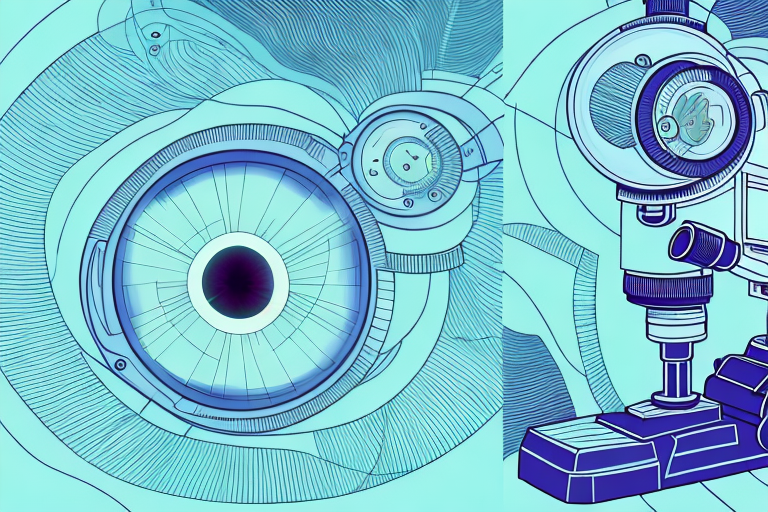
Real Patient Stories: The Surgery Experience
Now that we’ve explored the different types of laser eye surgery and the pre-surgery preparation process, let’s take a look at real patient stories of the surgery experience.
Arriving at the Clinic
Patients reported feeling reassured and at ease when arriving at the clinic. The staff were friendly and helpful, and the facilities were clean and well-equipped. Patients were given detailed instructions on what to do before the surgery and what to expect during the procedure.
The Procedure: Step by Step
During the procedure, patients reported feeling minimal discomfort and were amazed at how quick it was. Some even said that they were able to see clearer immediately after the procedure. Overall, it was a positive experience, and patients reported feeling excited about their newfound visual freedom.
Post-Surgery Recovery and Care
After the surgery, patients were given detailed instructions on how to care for their eyes. They were advised to avoid rubbing their eyes, wear sunglasses during the day, and use eye drops to prevent infection. Some patients reported experiencing dry eyes post-surgery, but this was normal and typically resolved after a few days.
Transformational Vision: Real Patient Stories
The vision transformation that many patients experienced after laser eye surgery was nothing short of life-changing. They were able to see the world clearly for the first time in years, leading to an increase in confidence, happiness, and overall quality of life.
Now that you’re armed with all the necessary information, you can make an informed decision on whether laser eye surgery is right for you. Remember, the decision to undergo any surgical procedure should not be taken lightly, but for many, the benefits outweigh the risks. Schedule a consultation with a skilled surgeon, and see how laser eye surgery can transform your life and vision.
